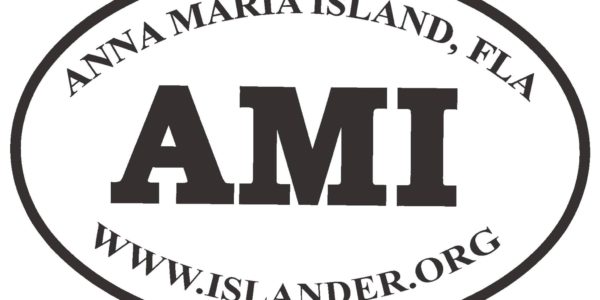New research estimates about 4 billion microplastic particles exist in Tampa Bay.
The study from the University of South Florida and Eckerd College in St. Petersburg provides the first measurement of microplastic “abundance and distribution” in surface waters and sediment in the bay.
The microplastics, about the size of plankton, can be ingested by birds, fish, amphipods and marine organisms, and emerging evidence indicates ingestion can be toxic to the marine organisms.
The study, published in the scientific journal Marine Pollution Bulletin, contains these conclusions:
• Microplastic particles are widely dispersed and abundant in surface water and sediments in the bay.
• The bay contains about 4 billion microplastic particles.
• Dry sediment around the bay contains about 3 trillion microplastic particles.
• Each gallon of tested water contained four microplastic particles.
• Each pound of tested sediment contained about 600 microplastic particles.
• The highest concentrations of microplastics can found close to industry and the lowest levels can be found in middle and lower Tampa Bay.
• Unusually high microplastic concentrations can be found after intense or prolonged rainfall in Tampa Bay.
To conduct the study, researchers established 24 stations in Tampa Bay, including north of Anna Maria Island, and monitored microplastic concentrations for 14 months.
“We measure microplastic abundance at … the mouth of major rivers, small tributaries, close to wastewater treatment facilities, near industrial facilities and near relatively pristine coastal mangroves,” the researchers wrote.
Their goal was to present the first reliable estimates of microplastics in the largest open-water estuary in the state.
The most common microplastics in the bay are fibers — thin, thread-like plastics.
The fibers might come from the laundering of synthetic fabrics, which reach the bay via wastewater treatment facilities, and they might come from the breakdown of synthetic fishing lines, nets and ropes.
In analyzing a connection between rainfall and pollution, the researchers found many water samples contained twice the average number of microplastics after intense precipitation.
They theorized that the heavier pollution was caused by increased discharges from rivers and stormwater runoff during intense rains. Their theory was supported by the fact that microplastic contamination did not spike after heavy rains in Lower Tampa Bay, which is more influenced by the Gulf of Mexico than rain-driven runoff.
The study contains two more conclusions:
• Although it is tempting to clean up the mess, it is impractical, if not impossible, to remove the microplastics from the water column or separate microplastic contamination from sediments.
• Only by eliminating the sources of plastics and microplastic particles can we decrease the risks in Tampa Bay.
This column was published in The Islander newspaper.
Archives for The Islander are online here.
